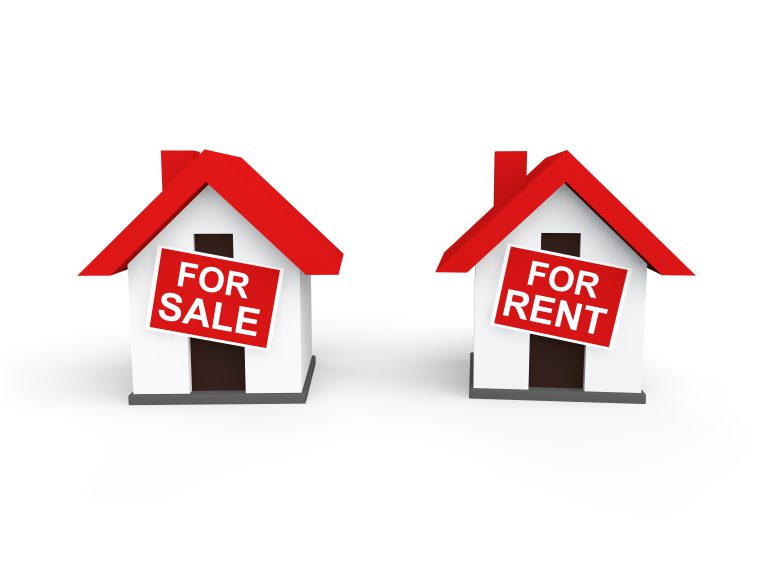The housing crisis gripping the major urban centres of the Netherlands is set to intensify after new data revealed that rents have risen by up to 5.2% for new renters. This has been compounded by the fact that over the previous twelve months the number of rental properties available has dropped by a stunning 27%.
This data is drawn from a new report conducted by Pararius, which describes itself as the “largest independent website for rental properties in the Netherlands”. The findings show that as the demand for rental properties grows, there has been a precipitous drop in the number of units available. In the Netherlands’ five largest cities – Amsterdam, The Hague, Eindhoven, Rotterdam and Utrecht – the number of properties available to new tenants has decreased dramatically in just two years. In Amsterdam in 2021, the number of new rental properties hit a high of 6,500, whereas by 2023 it had reached a low of just 2,500.
This drop in properties available for new tenants entering the rental market has inevitably moved in tandem with the rise in rents. The average price for a square metre of rented accommodation, across the whole of the Netherlands, has risen from €13.38 in 2016 to €17.1 in 2023. These costs are invariably higher in some cities, with average square metre costs in Amsterdam reaching €27.32, a rise of 8.2% in just 12 months.
A major factor behind these rocketing prices has been the introduction of stricter ruling on the points-based system which governs the Dutch housing sector. The Dutch rental sector is split between regulated “social” housing and the privatised “free” market. Whether the property a landlord is attempting to rent falls into either of these categories is determined by a number of factors, including the size of the living space and energy efficiency, with each different variable attributed points. The new laws effectively make it harder for properties to be rented within the free category, instead placing them in the social housing category. This means that municipalities place limits on the amount of rent a landlord can charge and the yearly rent increases. From 2024 it will mean a house rented in the social sector can cost no more than €1,100 per month, with the yearly increase limited to 4%.
With the new laws essentially forcing landlords to reduce their rents, the number of properties on the rental market has decreased as owners have begun to sell up. As Jasper de Groot, CEO of Paraius commented: ‘The decline in available rental properties started around the implementation of the cap in the housing valuation system, which caused many properties in the unregulated housing sector to fall back into the social sector. Rental properties that became available due to tenants leaving were often not re-rented but sold instead.’
How these issues will be resolved remains to be seen. When introducing his bill, Hugo de Jonge, Housing Minister of the outgoing Rutte IV cabinet, stated: ‘If a house is sold to a middle-income person who would otherwise rent, the demand for middle-income rented homes decreases at the same time. After all, the middle-income person in question has found an affordable home, just not a rental, but an owner-occupied home.’
The housing crisis has the potential to be a swing factor in the run up to the general election on 22 November. While immigration and the nitrogen/climate crisis will dominate the election campaign, the housing market being in such a precarious situation will hang heavy on the minds of many voters. And the issues around renting and home ownership in general feed into a wider sense of dislocation across Dutch society, which is exacerbated by the general rise in the cost of living. With barely a percentage between the three leading parties – VVD, GroenLinks-PvdA and NSC – each party will be hoping to gain the votes of millions of renting Dutch voters.
Written by James Turrell
